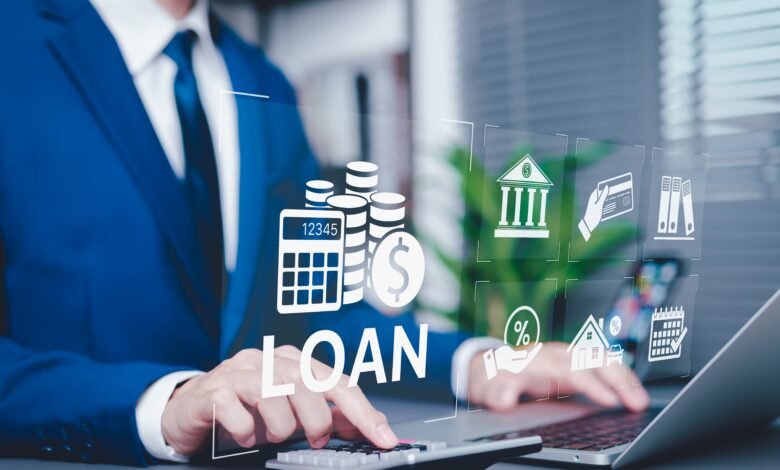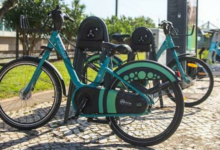Trends to Watch in Unsecured Business Lending for 2025

Unsecured business lending used to carry a bit of stigma. For years, people thought, “No collateral? Must be risky.” Fast forward to 2025, and that narrative’s taken a sharp turn. Now? It’s one of the most sought-after funding options for startups, solopreneurs, and established small businesses alike.
And it’s not just hype. Something real is happening here.
So, what changed? Why are businesses – from online retailers to boutique gyms – flocking toward loans that don’t ask for hard assets up front? Let’s dig into it.
Unsecured Business Lending 101: What It Really Means
If you’re new to the concept, unsecured business lending means getting a loan without tying up your property, inventory, or personal assets. No building deeds. No vehicles. No signed-over equipment.
Instead, approval hinges on your business health, like credit history, cash flow, and how well your numbers tell your story. In exchange for skipping the collateral, lenders charge slightly higher interest rates. Fair trade? For many, yes. Especially when time’s tight.
Fintech’s Big Role in the Rise of Unsecured Lending
Banks tend to move slowly. And when you’re running a business, slow doesn’t cut it. That’s where fintech swooped in and reshaped the entire lending landscape.
We’re talking about online lenders that offer same-day approvals, digital dashboards, and lightning-fast underwriting that doesn’t require you to dig up paperwork from five years ago.
These platforms use real-time data to make decisions. They don’t just ask what you made last year; instead they ask what you sold last week. That kind of intelligence has made unsecured small business lending more precise and less, well, bureaucratic.
And in 2025, precision is power.
Startups, Solopreneurs, Underserved: The New Borrower Profile
Startups, creative freelancers, ecommerce sellers, local service providers – all have one thing in common: speed matters more than perfection. And many of these businesses don’t own physical assets. No storefront. No heavy machinery. Just ideas, a laptop, and maybe a Shopify account.
That’s why unsecured business lending makes so much sense at this moment. It doesn’t punish you for being lean and digital.
And for people who’ve been underserved by traditional banks, like minority-owned businesses, women founders, and newer LLCs, it’s become a real shot at growth capital.
Beyond the Credit Score: How Lenders Evaluate Risk Now
Here’s something not enough people talk about: credit scores are outdated.
Sure, they still matter, but they don’t tell the full story. That’s why modern lenders are looking at everything from online payment histories to customer reviews to determine your risk profile.
Some are even analyzing your business’s online engagement, such as how often you get repeat customers, how steady your incoming invoices are. It’s like giving your reputation a seat at the table.
That’s what’s nudging business lending unsecured into mainstream acceptance. We’re not just betting on balance sheets anymore, we’re betting on momentum.
Fast Funding Is the New Standard
We’ve already touched on this, but it’s worth hammering home: speed works. The ability to apply in under 30 minutes, link your accounting software or POS system, and get approved in a day? That’s the kind of thing that changes how businesses plan.
Need to grab discounted inventory before the month-end? Want to lock in a freelance team for that last-minute client job? You don’t have two weeks to wait for a bank manager to email you back.
Unsecured business lending makes it possible to move when the opportunity strikes. No more waiting, wondering, or crossing fingers.
How Small Sums Are Powering Real Growth
Another reason these loans for new businesses are on the rise? They’re not massive. They’re manageable.
Most unsecured small business lending products in 2025 range between $10,000 to $250,000. Just enough to plug gaps, power campaigns, or survive slow seasons.
Repayment terms are shorter, six to eighteen months, usually. Some even come with weekly repayments or early payoff perks. It’s not a 10-year commitment. It’s a sharp, strategic cash injection. And that’s exactly what most small businesses need right now.
Risks and Realities of Unsecured Business Lending
All types of financing come with some risks. There are always some caveats.
- Interest rates are generally higher than secured loans. That’s the trade-off for no collateral.
- Repayment terms are tighter, so your cash flow needs to be on point.
- Not every lender plays fair. Some will sneak in fees or confusing clauses. So, read the fine print. Twice.
But used wisely? Unsecured business lending is one of the most flexible, responsive funding tools in today’s market.
Just don’t treat it like free money. It’s still a loan, not a gift.
Where the Unsecured Lending Market Is Headed in 2025 and Beyond
Here’s a prediction you can take to the bank or your favorite fintech platform: this isn’t a trend, it’s a transition.
As small businesses continue to value speed, agility, and digital convenience over traditional banking red tape, unsecured business lending is going to keep expanding.
It’s not going to replace every financing tool, but it is going to become a go-to for thousands of businesses needing a financial nudge without the strings attached.
Will it be for everyone? Nope. But for the entrepreneur who values speed and autonomy? It’s a powerful move.
Read Also:Why GMAT Preparation Classes Are Still the Smartest Investment
Conclusion
We’re in an era where owning a business doesn’t always mean owning property. Your value might lie in your customer base, your ideas, your ability to execute fast.
And lenders are finally catching up to that reality.
That’s why unsecured business lending is having its moment. It’s lean. It’s fast. It’s built for how modern small businesses actually run and not how banks wish they did.
If you haven’t explored it yet, now might be a good time. Because 2025? It’s moving quick. And standing still? That’s no longer an option.






